Not every MQL becomes a SQL.
And, not every SQL ends up converting into a customer
(Pssst... Did you know that less than 10% of SQLs actually convert?).
It's important to recognize the challenges of lead conversion and implement strategies to optimize your process for maximum success.
The question is, how do you tackle this?

We understand that traditional marketing strategies can be exhausting and time-consuming without delivering the desired results.
However, you don't have to worry anymore because our team is here to help ✋
After some great deal of research (which turns out to be fruitful for sure!), we were able to identify some wacky strategies that take your MQL to SQL conversion rate to the next level!
But before we dive into these strategies, let’s clarify MQL and SQL for you.
What is an MQL?
A Marketing Qualified Lead (MQL) represents the initial contact between your company and a potential customer. These leads are interested in your brand or product but need more time to be convinced.
Let's say…
You run a software company that offers business project management tools, and you've identified a customer segment that includes medium-sized businesses. 📊
You create a downloadable guide on "5 Ways to Streamline Your Project Management Process" and promote it on your website and through targeted ads on LinkedIn to attract MQLs.
Mark, a project manager at a medium-sized business, clicks on the ad and downloads the guide. Mark has now become an MQL for your business, and you can start marketing to sales funnel activities.
You can track his engagement with your brand, such as whether he opens your follow-up emails or attends any webinars or events you host. 📈
You can continue to provide valuable content and resources to help Mark and his team improve their project management processes.
For example, you might offer a free trial of your software or a case study of a successful implementation to move him further in pitch time. ⏱️
As Mark engages more with your brand and becomes more interested in your software, he may eventually become an SQL, meaning he's ready to talk to a salesperson about purchasing your product.
The process of moving Mark from an MQL to an SQL conversion rate requires careful nurturing and consistent messaging to show the value of your software and build trust in your brand. 💪
What is SQL?
SQL (Sales Qualified Lead) is like true love. They've been vetted by your sales department and meet specific qualification criteria, such as budget and decision-making power, to ensure they are a good fit for your target market.
These criteria are crucial for identifying the quality of leads most likely to convert leads into customers.
Consider, you sell marketing automation software to B2B companies in the mid-sized market. You have a team of sales reps who work to identify and qualify leads based on these qualification criteria.
One of your reps, Emily, speaks with Tom, a marketing director at a mid-sized company. Tom fits the qualification criteria, and he's been evaluating marketing automation software for several weeks.
After a series of conversations with Emily and demos of your software, Tom decides that your solution is the right fit for his company. He has now become an SQL.
Your sales department will continue working with Tom to finalize the deal and ensure a smooth software implementation. Once you have the closed business deals, Tom will become a paying customer and the beginning of a long-term relationship with your company.
In this example, Tom meets the specific criteria set by your sales team and is ready to commit to your offering.
The process of moving Tom from an MQL to an SQL requires careful vetting and qualification by your sales development representative, as well as effective messaging and demonstrations of the value of your software.
Difference Between MQL and SQL
MQLs are your potential buyer. They are interested in your product but are not sure if it will meet their needs or not.
Whereas, SQLs are the real deal. They aren’t just interested in your product demo but also ready to make the purchase. They shouldn’t be missed.
In a nutshell, there is only one way to differentiate between the two and that is how serious they are about committing to a product or service.
Here’s a table to help you understand their differences across various categories.
In summary, MQLs and SQLs may have some similarities, but they're ultimately quite different in terms of their level of interest, engagement, and readiness to make a purchase.
So, next time you're trying to identify which prospects are MQLs and which ones are SQLs, think about your friends and their buying behaviors.
And remember, having both kinds of friends (and prospects) in your life is always good!
How to Improve MQL to SQL Conversion Rate?
Now that we've covered the basics let's dive into the fun stuff: how to increase your MQL to SQL conversion rate! Here are 10 surprisingly effective strategies to try out:

Strategy #1: Personalize Your Messaging
Just like in dating, people want to feel special. So why not channel your inner stalker and show your MQLs that you're interested in them?
Use personalized messaging and targeted campaigns to cater to their needs and interests. Research their social media profiles, follow them online and send personalized messages that show you're paying attention to them.
But don't take it too far, or you might end up with a restraining order.
For a B2B company that sells software to businesses, research the MQL's industry and tailor your messaging to address their specific pain points.
If they work in healthcare, for example, highlight how your software can streamline patient data management and reduce administrative tasks for their staff.
Strategy #2: Be Persistent in Follow-Ups
Winning over MQLs may take some effort, but with a tactful approach, you can successfully convert them into customers.
Persistence is key, but it's important to balance it with respect for their preferences. You want to be seen as dedicated, not overbearing.
To follow up with MQLs, utilize various conversion channels such as email, phone, and social media.
Offer valuable resources and information that can aid in their decision-making process.
For instance, you can provide a demo or a free trial to help them experience your product firsthand. By doing so, you are showing them that you care about their needs and are committed to providing solutions that meet those needs.
Strategy #3: Offer Irresistible Deals or Discounts
If you want your MQLs to commit, you must make it worthwhile. Offer exclusive deals, discounts, or limited-time offers that are sweeter than a sugar daddy's or mommy's allowance.
Give them what they want, and they'll keep coming back for more.
And if you are ready to take your lead management to the next level?
Studies have shown that companies that automate their lead management process can see an increase in conversions of over 10%!
Imagine the impact that kind of boost could have on your bottom line.
Don't miss out on the opportunity to supercharge your lead management strategy with the power of automation
Strategy #4: Leverage Social Proof to Build Trust and Credibility
People are likely to trust and buy from a brand with social proof. Use case studies, customer testimonials, and reviews to show your MQLs that others have had a positive experience with your product or service. Brag like an ex who's moved on to bigger and better things, and show off your happy customers.
Feature testimonials or case studies from satisfied customers on your website and social media channels. Make sure to highlight specific results or benefits they have seen from using your product or service.
Strategy #5: Create a Sense of Urgency and Scarcity to Motivate Action
Create a sense of urgency and scarcity to motivate your MQLs to take action.
Use phrases like "Limited Time Only" or "Last Chance" to encourage them to act quickly. Be a Black Friday shopper and rush to buy before time runs out. It's like getting the last Tickle Me Elmo on the shelf.
Strategy #6: Focus on the Right Metrics to Optimize Your Strategy
You need to focus on the right metrics to improve your MQL to SQL conversion rate. And by "right metrics," we don't mean the number of likes on your Instagram post or the number of subscribers on your YouTube channel.
Be a data scientist and analyze your data to understand what's working and what's not.
Identify the effective channels and campaigns that are driving the most conversions and optimize your strategy accordingly. It's like playing a game of Clue, but instead of solving a murder mystery, you're solving a marketing mystery.
- Who killed the MQL to SQL conversion rate?
- Was it the email campaign in the CRM with the boring subject line? Or
- The Facebook ad in the News Feed with the irrelevant targeting?
Only you can solve the mystery and boost your average conversion rate.
Strategy #7: Stand Out with Personalized Direct Mail Campaigns
Direct mail is like Christmas in your leads' mailbox. By sending them a personalized and unexpected package, you can stand out from the crowd and make a lasting impression.

It's like receiving a gift but without the obligation to reciprocate. Just don't make it like getting a lump of coal.
Strategy #8: Use Video to Educate and Build Credibility
Video is like Netflix and chill, but for business. By creating engaging and informative videos, you can capture your leads' attention and educate them about your offering. It's like having a conversation, but without small talk.
Just don't get too cozy with your leads.
For example, you might create a video that demonstrates how your software solution can streamline a specific business process, or a video that highlights the expertise of your team members.
This approach can help you build credibility and trust with your target audience.
Strategy #9: Collaborate with Influencers to Expand Your Reach
Influencers are like the cool kids at school. Collaborating with them allows you to tap into their audience and gain credibility and exposure. It's like being invited to sit at their table without social anxiety.
Just don't spill your lunch on their shoes.
In a B2B context, you might collaborate with industry thought leaders or subject matter experts to create content or participate in events.
For example, you might invite a well-known analyst to speak at a webinar or partner with a popular business blog to publish a guest post. This approach can help you reach a wider audience and establish your brand as a thought leader in your industry.
Strategy #10: Offer a Killer Demo to Build Interest
Demos are like roller coaster rides for your leads. You can create excitement and a sense of urgency by showcasing your offering and its benefits in a dynamic and interactive way. It's like experiencing a thrill but without the fear of heights.
Just don't make them lose.
In a B2B context, a demo can be an effective way to showcase the value of your product or service and help prospects visualize how it can solve their business challenges.
For example, you might offer a live demo that walks prospects through a use case that is relevant to their industry or a personalized demo that highlights the specific features and benefits that are most important to them.
This approach can help you close more actual deals and accelerate the funnel sales cycle.
You can increase your sales activities and grow your business by using these 10 strategies to improve your MQL to SQL conversion rate.
Remember, it's essential to personalize your messaging, be persistent but respectful, make your offer irresistible, leverage social proof, use urgency and scarcity, focus on the right metrics, surprise your qualified prospect with direct mail, get creative with video, collaborate with influencers, and offer a killer demo.
Happy converting!
How to Calculate MQL to SQL Ratio?
Alright, hold on to your hats because I'm about to drop some knowledge on how to calculate your MQL to SQL ratio.
But before we get into the nitty-gritty, let us ask you this:
- Do you want to impress your customer with your marketing skills?
- Do you want to be the hero that saves the day by boosting your average conversion rates?
Of course, you do! So, let's get down to business.

1. Get to know your MQLs
Before you start calculating anything, you need to understand what an MQL (Marketing Qualified Lead) is. It's not a mythical creature but rather a lead that has shown some level of interest in your product or service.
This could be through filling out a form, downloading content, or interacting with your website in some way.
2. Identify your SQLs
Now that you know what an MQL is, it's time to find out what an SQL (Sales Qualified Lead) is. This is a lead that has been deemed worthy by your sales departments for further follow-up.
They have shown a higher level of interest, indicating they could be a potential customer.
3. Count your MQLs and SQLs
The next step is to count the number of MQLs and SQLs you have over a set period of time, say a month.
This will give you a clear understanding of how many high-quality leads you're generating and how many of those are ready to move forward in the sales process.
4. Calculate the ratio
Finally, it's time to calculate the MQL to SQL ratio. This is simply the number of SQLs divided by the number of MQLs.

For example, if you generated 100 MQLs and 20 SQLs monthly, your ratio would be 20%.
5. Analyze the data
Once you have your ratio, it's essential to analyze it to understand the effectiveness of your marketing efforts. If your ratio is low, it could indicate that your marketing tactics need some work.
On the other hand, if your ratio is high, you may need to adjust your sales efforts and sales team's criteria for what constitutes a sales conversion rate.
6. Continuously optimize
The key to improving your MQL to SQL ratio is to optimize your marketing and sales activities and efforts continuously.
This means regularly reviewing your data, adjusting your tactics, and experimenting with new strategies.

P.S. - Only if you are more buttoned up!
Remember, calculating your MQL to SQL ratio is only the first step. To truly optimize your lead generation process, you'll need to continually analyze and refine your strategies based on the insights you gain.
Don't be afraid to experiment with new approaches; always keep your ideal customer in mind.
By focusing on quality over quantity and continually improving your processes, you'll be well on your way to generating a steady stream of high-quality SQLs and, ultimately, driving revenue growth for your B2B organization.
That's a Wrap!
Improving your MQL to SQL conversion ratio is essential for any business looking to grow and succeed in the customer lifecycle.
By optimizing your lead scoring process, targeting the right audience, and providing valuable content, you can increase the quality and quantity of your qualified prospects and turn more MQLs into SQLs.
This will improve your sales performance and help you achieve your sales goals.
Remember, MQLs aren't just letters of the alphabet - they represent real people who are on a customer journey with your brand. It's important to listen to customer feedback and provide them with the right information at the right time.
Treat them like you would treat your friends - with kindness, respect, and a genuine interest in their needs and concerns.
And if all else fails, remember the wise words of Shakespeare: "To SQL or not to SQL, that is the question." Okay, that's not quite what he said, but you get the idea. 😄
So, keep these tips in mind, keep experimenting, and keep a positive attitude. With a little bit of effort and a lot of humor, you'll be converting more MQLs to SQLs in no time. Good luck! 🍀
FAQs
What factors should I consider when qualifying leads?
Some factors to consider include the lead's industry, job title, company size, budget, pain points, and decision-making power.
How do I personalize my messaging to MQLs?
Research your MQLs' interests, needs, and pain points, and tailor your messaging and content to address them. Use personalization tokens in your emails and provide relevant content on your website.
How can I improve my lead nurturing process?
Use a multi-touch lead nurturing approach with a mix of email, social media, and other targeted campaigns. Monitor engagement metrics and adjust your messaging and content as needed.
How do I create an irresistible offer?
Identify your MQLs' pain points and offer a solution that addresses them. Provide a clear value proposition and use social proof to build credibility and trust.
How can I leverage technology to improve conversion rates?
Use marketing automation effective tools to streamline your lead nurturing process and improve personalization. Use data analytics to monitor and adjust your campaigns based on engagement and conversion metrics.
How can I align my sales and marketing teams to improve conversion rates?
Establish clear communication and collaboration between sales and marketing teams. Define shared goals and metrics, review progress regularly, and adjust strategies as needed.
How do I create urgency in my messaging?
Use phrases such as "last chance" or "limited time offer" to create a sense of urgency. Offer exclusive deals or promotions that are time-sensitive.
How can I improve my website to convert more MQLs?
Provide clear calls-to-action (CTAs) that guide MQLs through the funnel. Use persuasive copy and social proof to build trust and credibility. Optimize for mobile devices and ensure fast page load times.
How can I use social media to improve conversion rates?
Use social media to share relevant content, engage with prospects, and build relationships. Use targeted advertising to reach MQLs and encourage them to take action.
How do I measure and optimize my conversion rates?
Use data analytics to track key metrics such as click-through rates, conversion rates, and ROI. Use A/B testing to optimize messaging and content and adjust campaigns based on data insights.







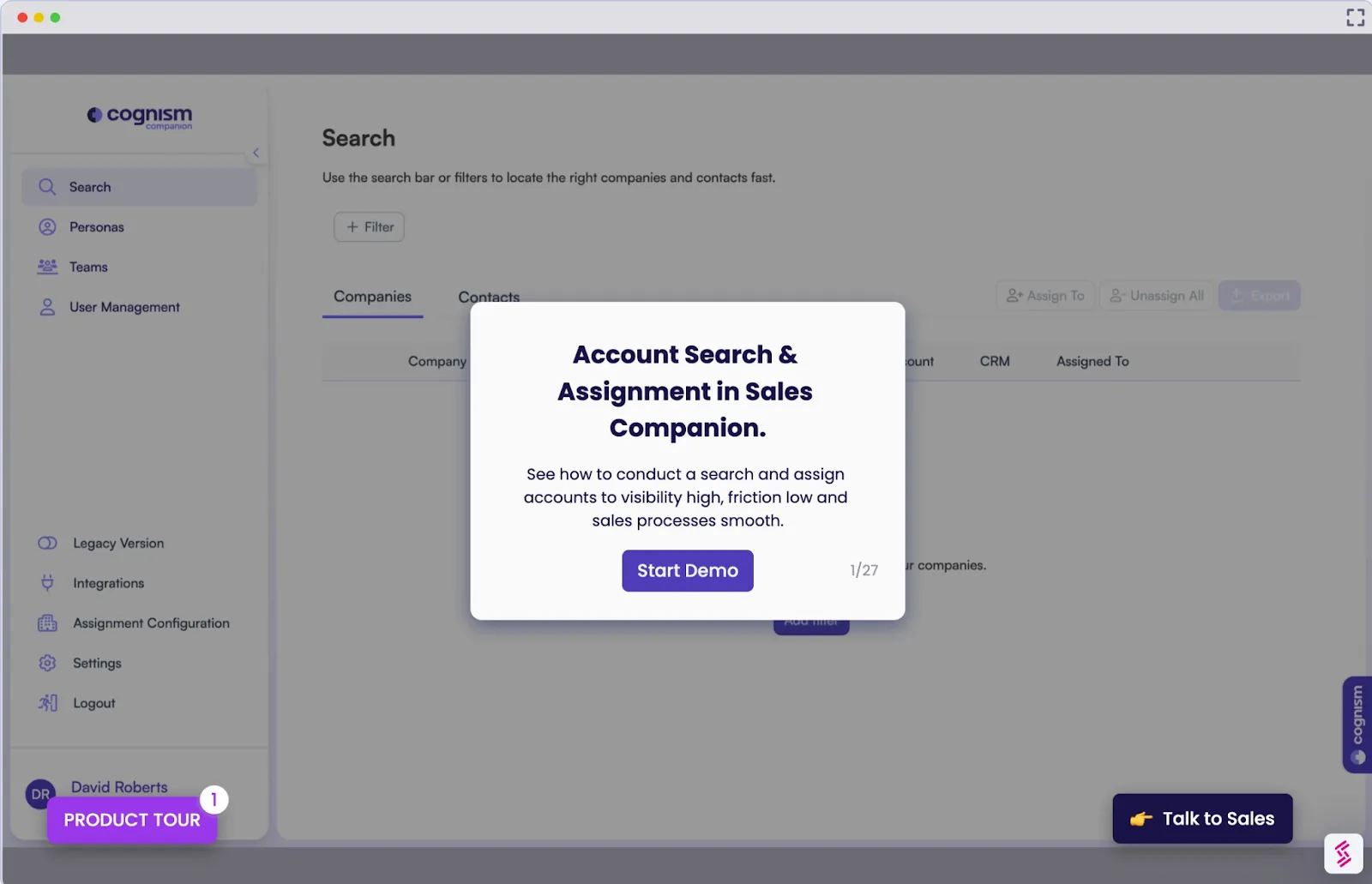
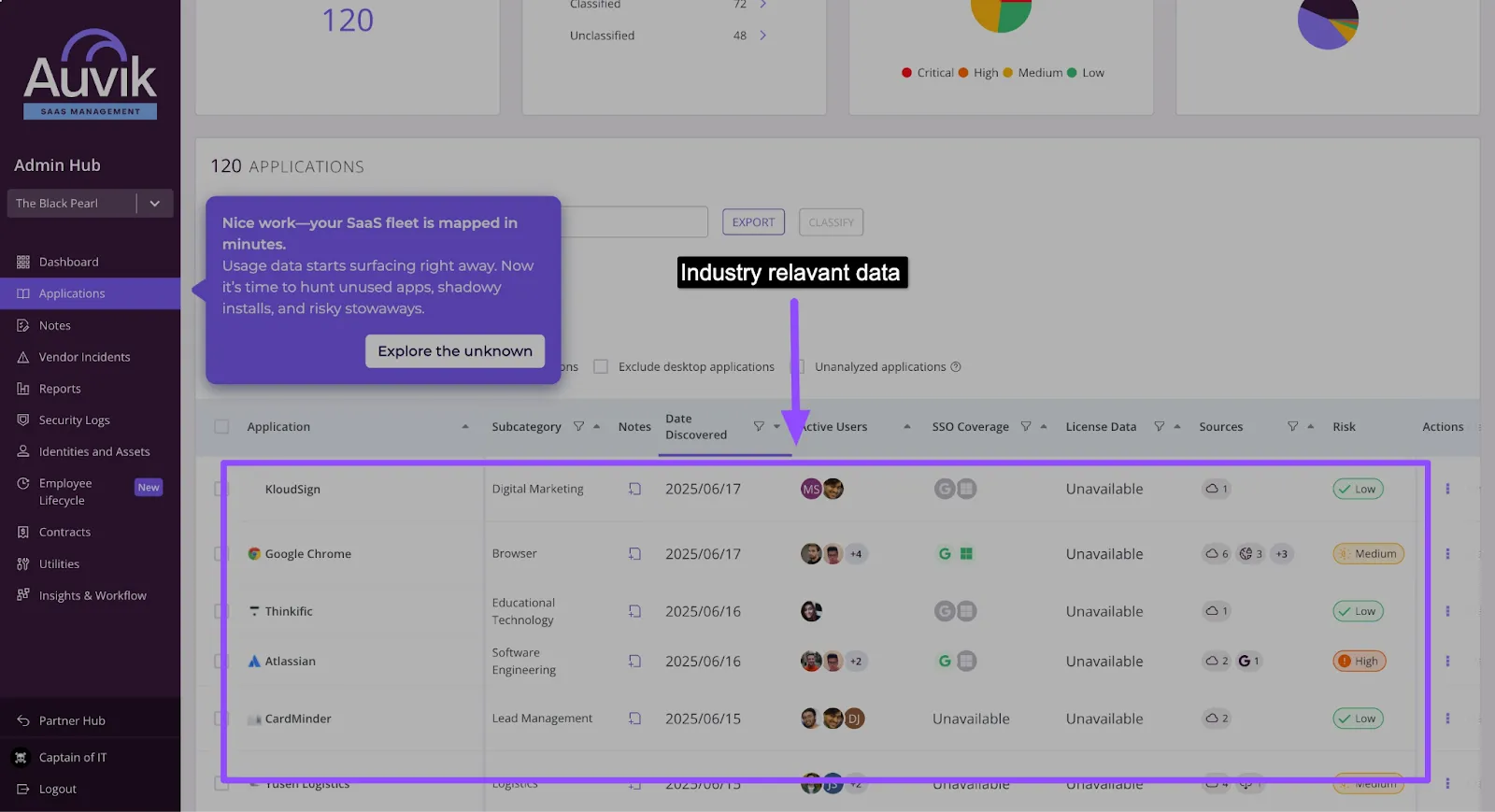

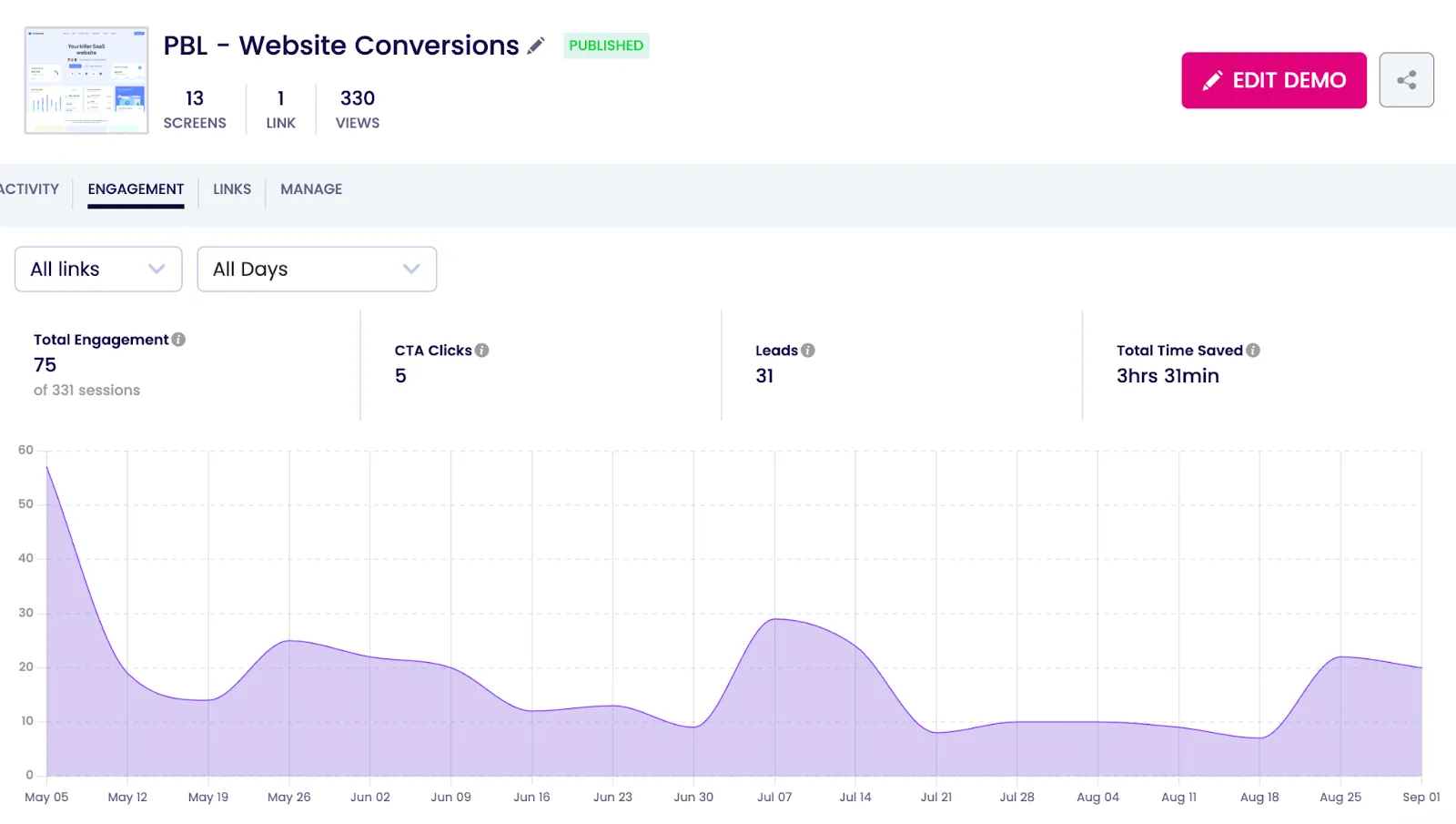
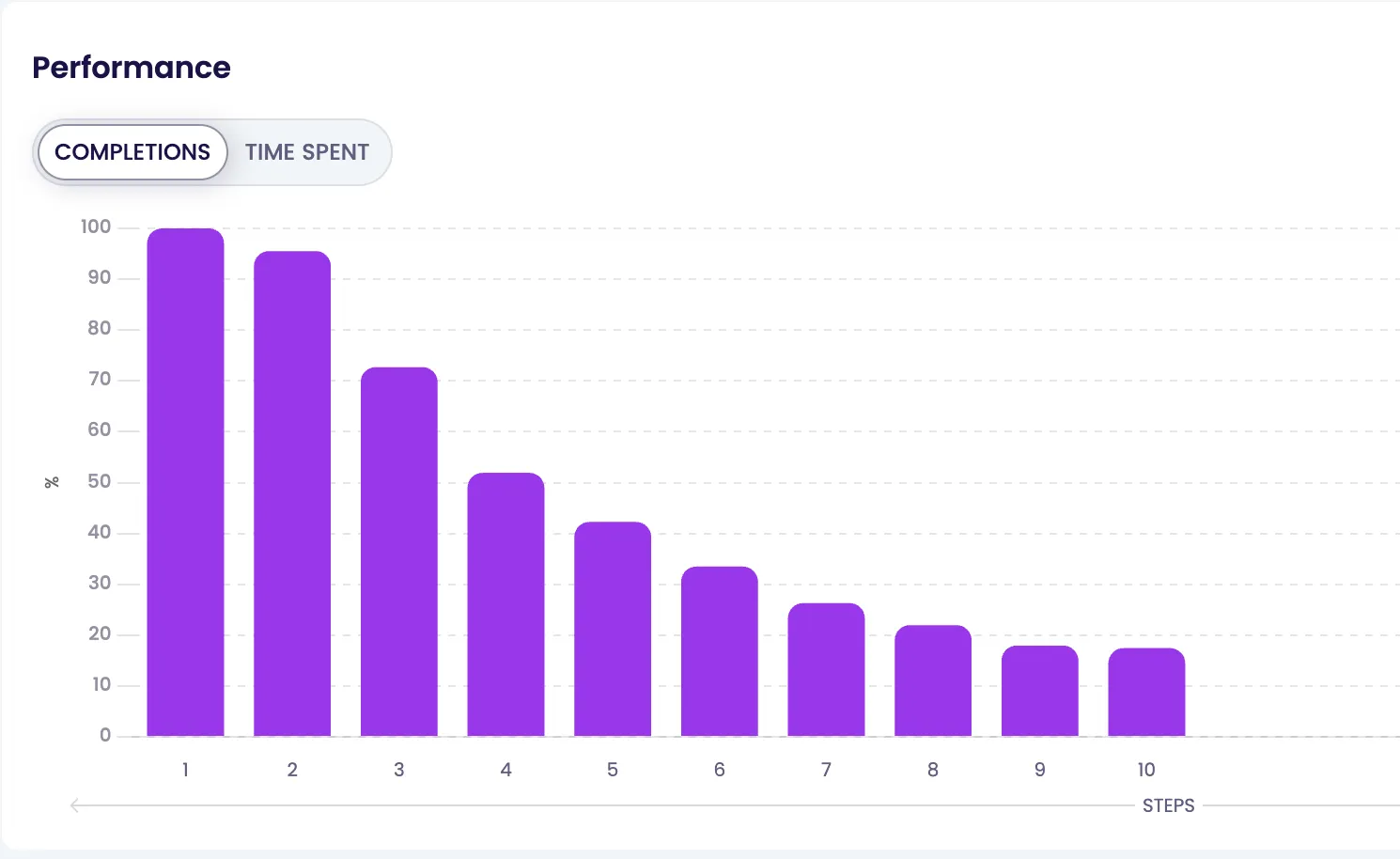
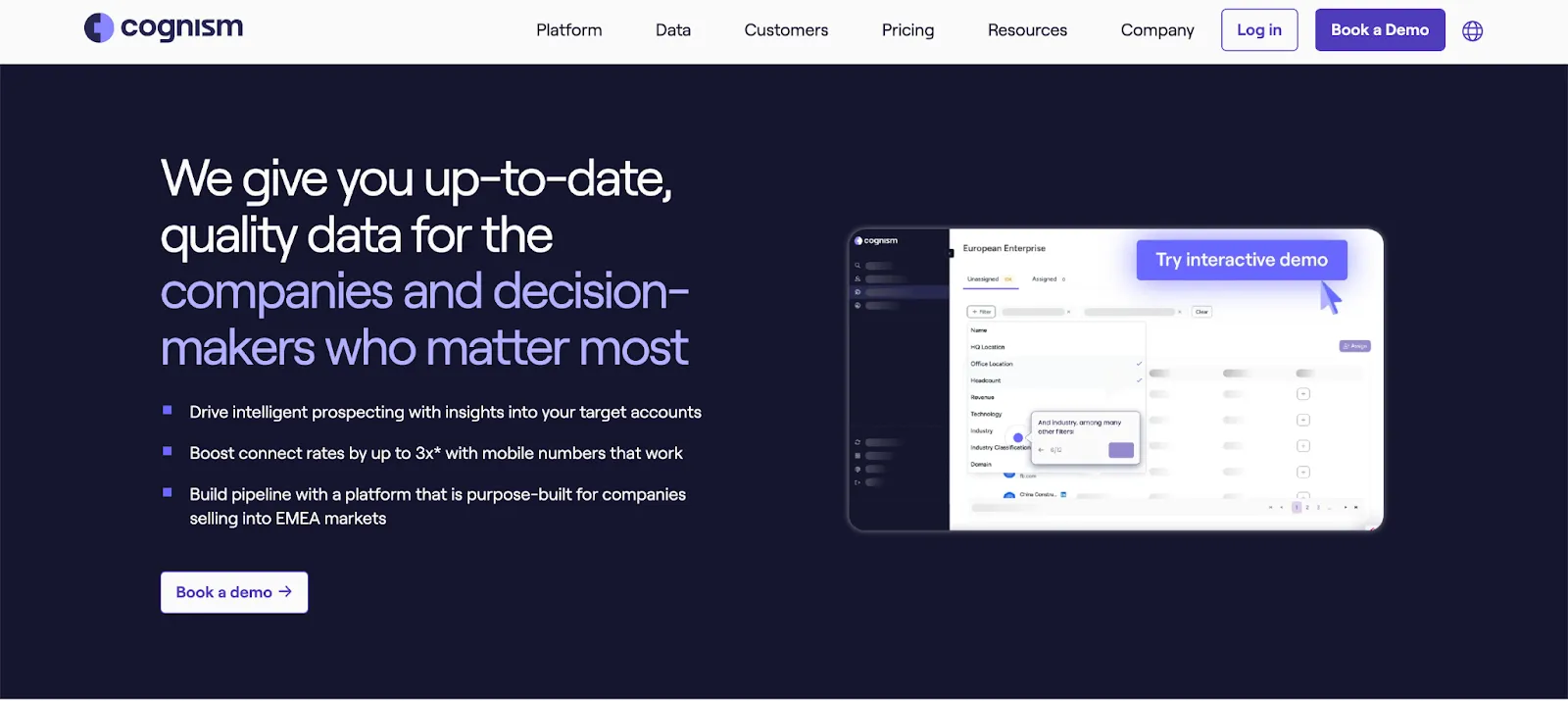



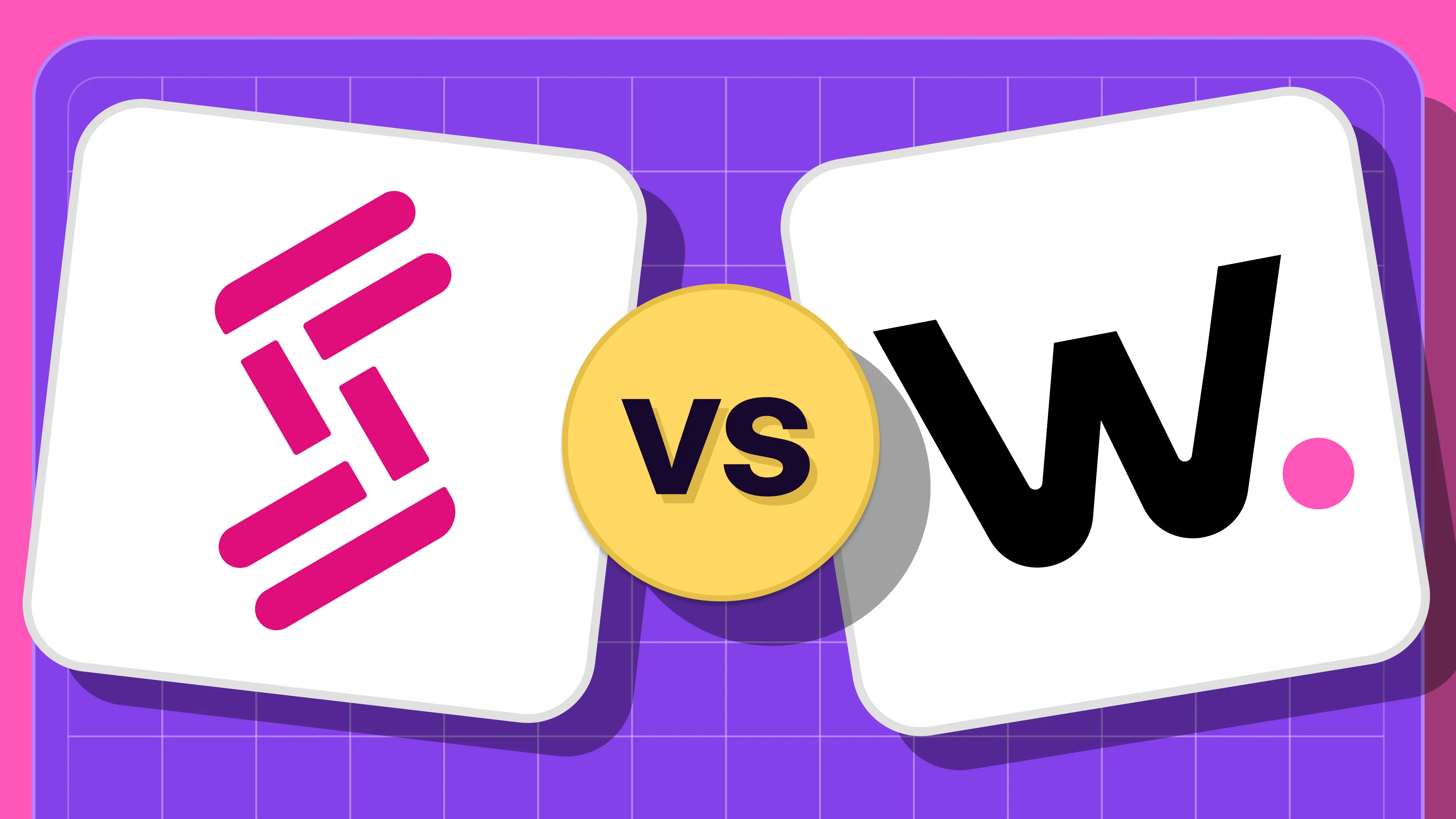
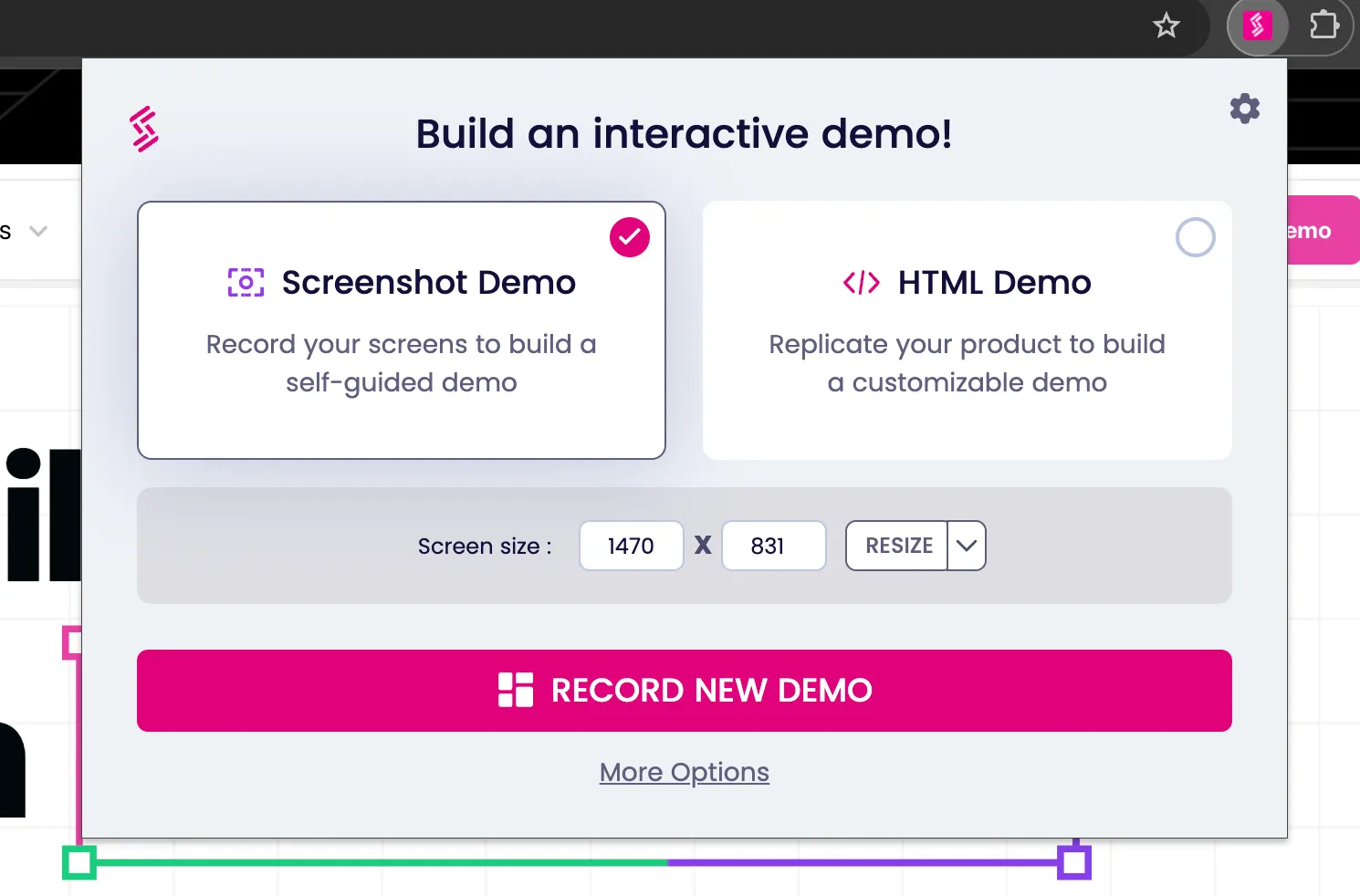


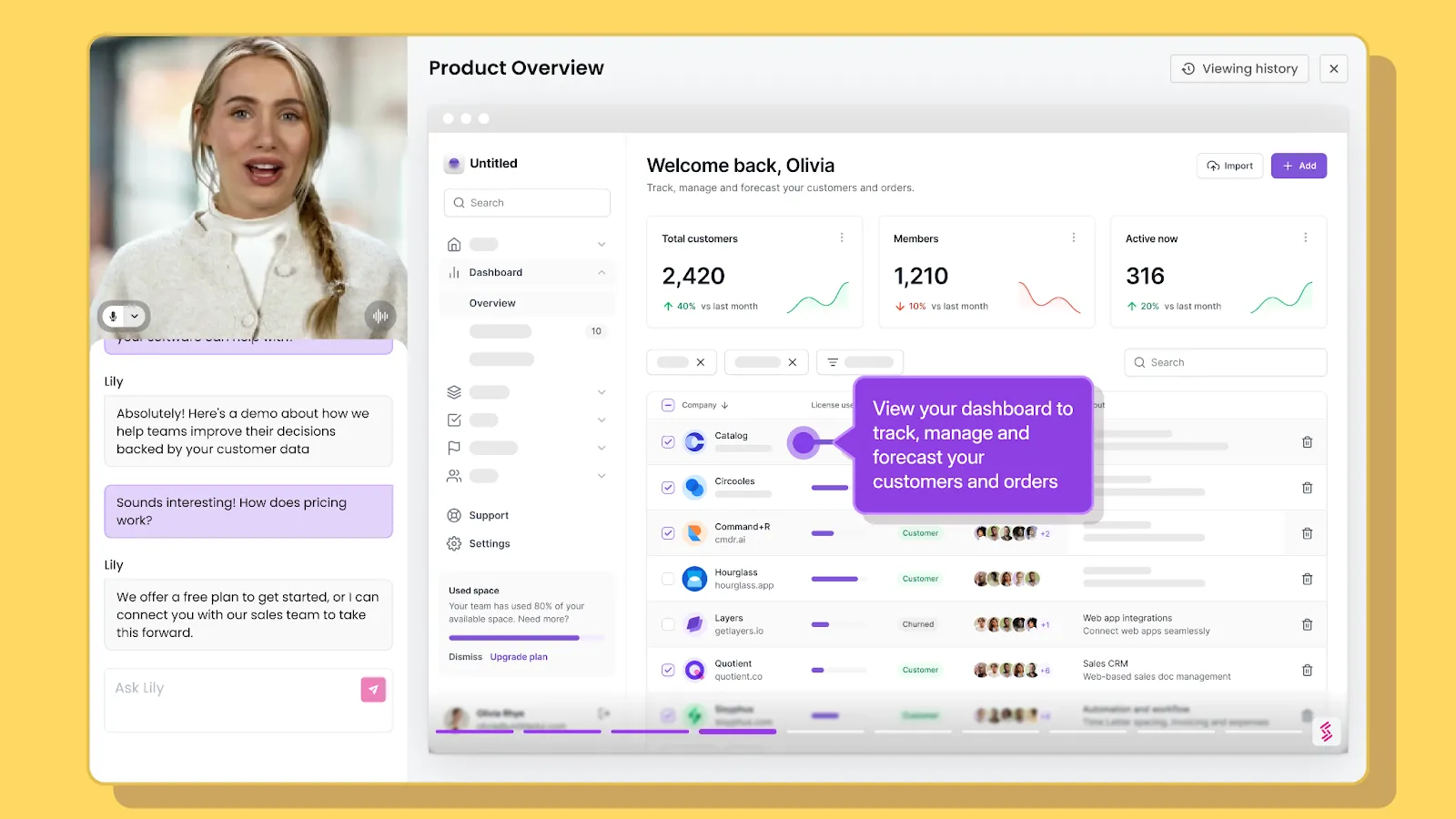









.svg)

.webp)